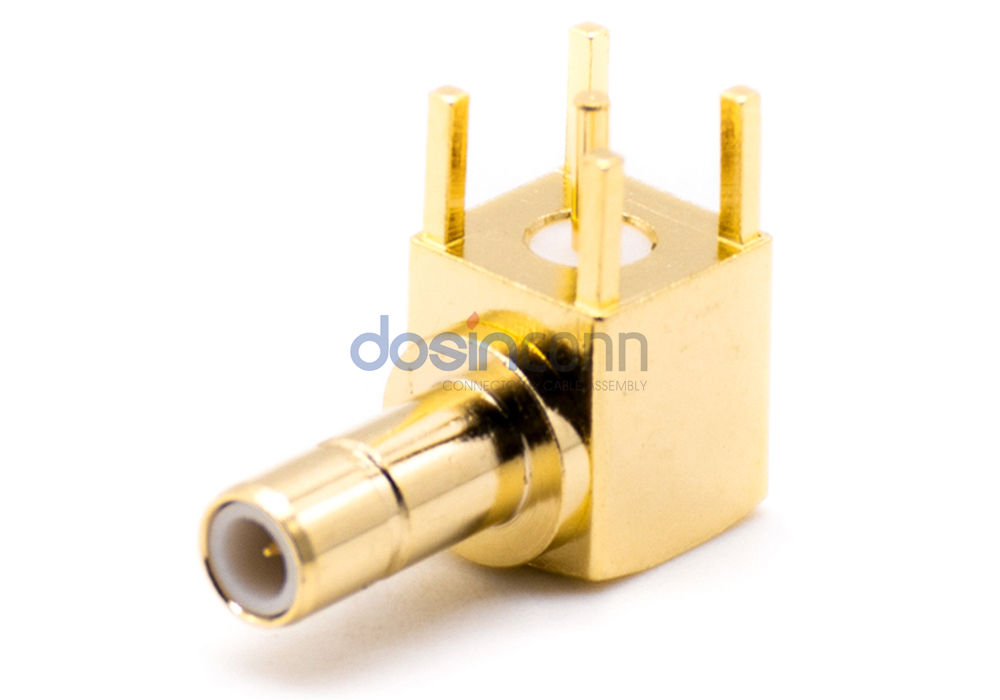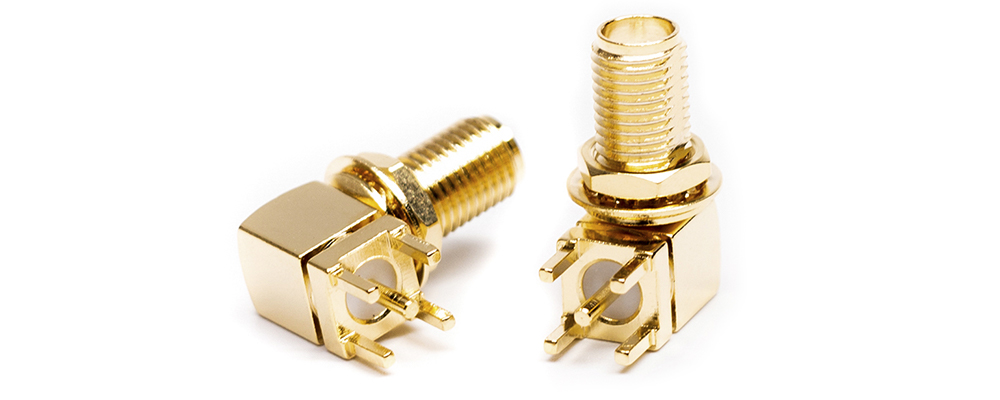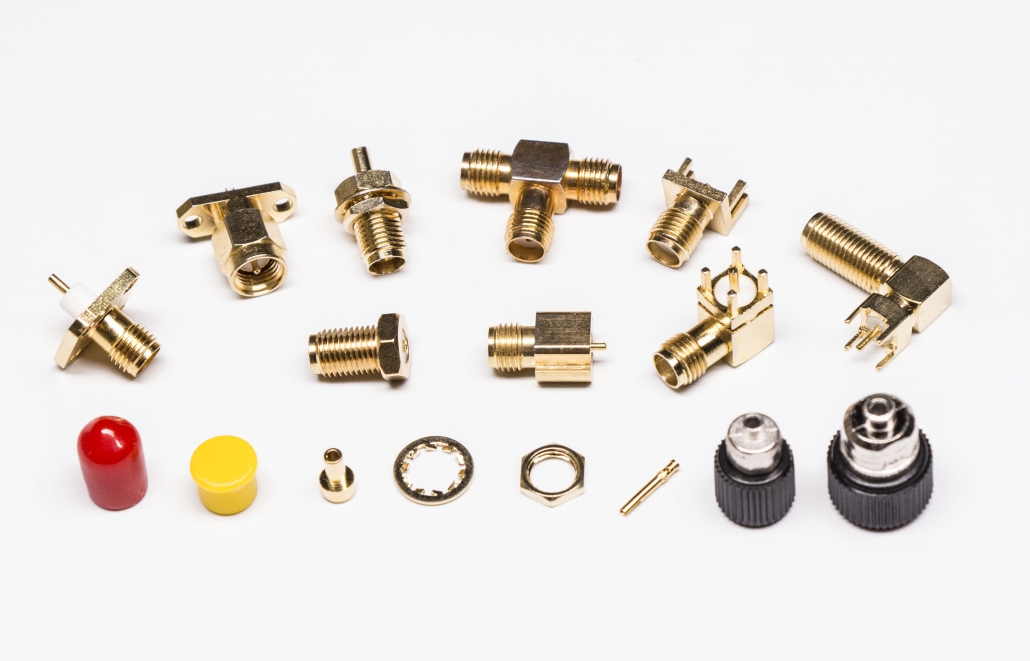SMB Connector

The SMB connector, short for SubMiniature version B, is a compact push-in radio frequency coaxial connector designed and manufactured in accordance with the MIL-C-39012 standard. SMB connectors are available in characteristic impedances of 50 ohms and 75 ohms, and they cover a frequency range of 0-4 GHz. These connectors are known for their small size, lightweight construction, ease of use, fast insertion and connection, as well as excellent electrical performance.
SMA Connector

The SMA connector, part of the SubMiniature version A series, is a small radio frequency coaxial connector featuring a threaded connection. SMA connectors are designed for a characteristic impedance of 50 ohms and offer a broader frequency range, spanning from 0 to 18 GHz. They are highly regarded for their superior mechanical and electrical performance, as well as their high reliability. SMA connectors find wide applications in telecommunications, network infrastructure, wireless communications, testing and measurement instruments, microwave communication systems, aerospace and navigation equipment, microwave measurement devices, and more.
Differences Between SMB and SMA Connectors
Impedance: The primary difference lies in the impedance ratings of these connectors. SMB connectors are available in both 50-ohm and 75-ohm versions, while SMA connectors are exclusively 50-ohm connectors. When selecting between them, consider the required impedance for your specific application.
Physical Appearance: The physical appearance of these connectors can vary, and it often depends on specific manufacturing requirements. Even within the SMB connector family, there can be variations in appearance. However, the critical internal dimensions and specifications remain constant.
Calibers and Interfaces: SMB and SMA connectors have distinct interface types and connection methods. Connectors of the same model can usually be used interchangeably, but if you need to connect different models, you may require adapters to facilitate compatibility.
In summary, SMB and SMA connectors are both essential components in RF and microwave applications, each offering unique characteristics and advantages. When choosing between them, consider factors such as impedance requirements, frequency range, and specific application needs. It’s also important to ensure that the connectors you select are compatible with your equipment or devices, and adapters can be used when necessary to bridge the gap between different connector types.


Do you have a TPS series connectors?